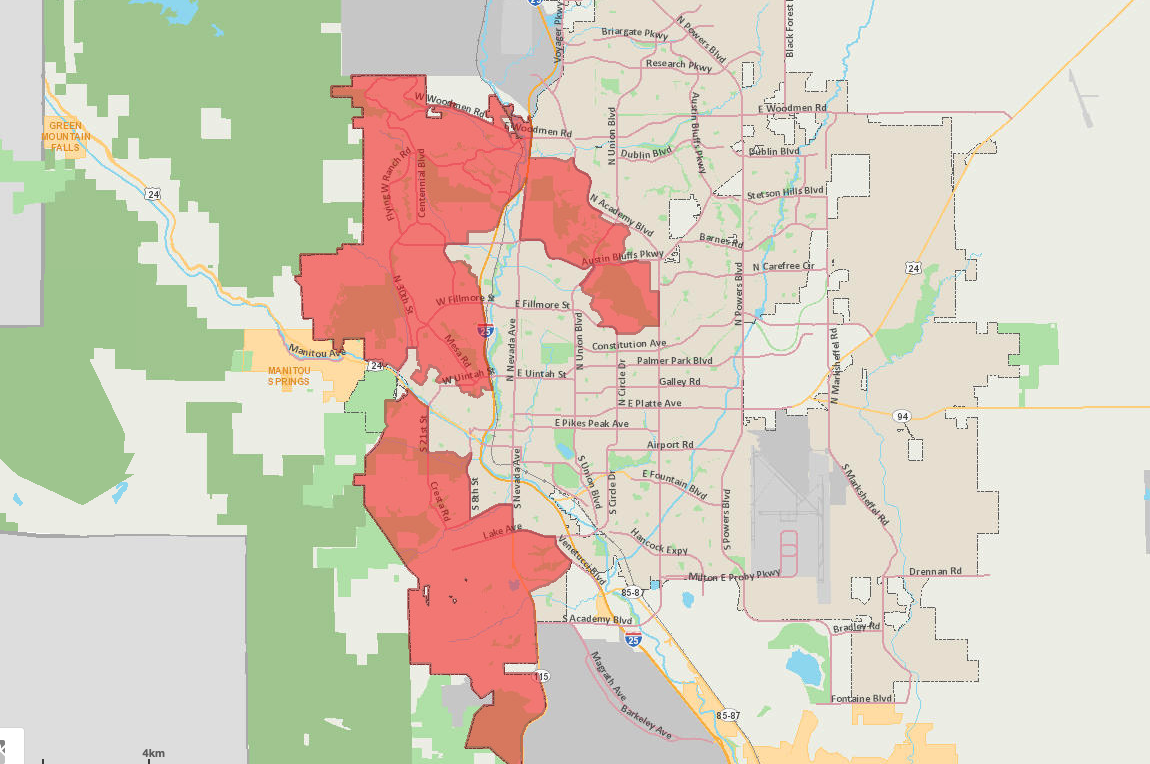COLORADO SPRINGS — November 2020's Bear Creek Fire renewing concerns of the wildland-urban interface, or WUI, defined as areas where human improvements are built close to or within natural terrain and flammable vegetation.
In 2018, the Colorado State Forest Service said about half of all Coloradans live in areas at risk for wildfires, and 2.9 million live in WUI areas, a number that continues to rise.
The primary concern in these areas is vegetation density. Homeowners and property owners should pay attention to plants on your property. Lighter density within 30 feet of a structure helps to reduce the chance of a fire igniting.

In 2018, Several factors contributed to the nearly 50 percent increase over the past five years in numbers of Coloradans considered to be living in wildfire risk zones. One is an overall increase in the number of people living in WUI areas. Another is better, more refined data to also consider the risk to homes in or adjacent to agricultural land or grasslands. Changes in land use and vegetation patterns were also considered.
When News5 spoke with wildfire mitigation experts they said it's important that property owners don't overlook the damage that can be done by grass fires.
“People mistakenly think of wildfire like forest fires, big tree fires, but we have several wildfires, especially in the State of Colorado, that are simply grass fires,” said Colorado Springs Wildfire Mitigation Section leader Jeremy Taylor, “and look how many grasses we have throughout our town, throughout our city, and throughout our county as a whole. That creates significant risk.”
Colorado offers a Wildfire Risk Assessment Portal, also known as CO-WRAP, that helps people to see if they live in a wildfire-prone area and offers fire prevention tips. The City of Colorado Springs offers a similar tool.


